
The revolutionary leader Vladimir Lenin didn’t support the creation of his personality cult. Nevertheless, despite all the exhortations of his wife, Nadezhda Krupskaya, after his death in 1924 the former capital of the Russian Empire, St. Petersburg, was renamed in his honor as Leningrad.
St. Petersburg was certainly the most ‘imperial’ city, and its name translated from German as ‘Peter’s city’. Not surprisingly, Leningrad literally translates from Russian as ‘Lenin’s city’. (Note: in 1914 the city was officially renamed Petrograd due to anti-German sentiment brought on by World War I).
In the 1990s, the city saw its historical name of St. Petersburg returned. However, the citizens of the surrounding area voted not to rename their region in order to avoid having to change their state-issued documents. So the area around St. Petersburg is still called Leningrad Region.
In addition to Leningrad, more than 50 small towns and villages across the Soviet Union were given variations of the leader’s name: Leninsk, Lenino, Ilyich (after Lenin's paternal name), Leninogorsk and many others.
Moreover, the city of Simbirsk, where Lenin was born, was renamed Ulyanovsk — (Ulyanov is Lenin's real last name) —and even today the city still bears this name.
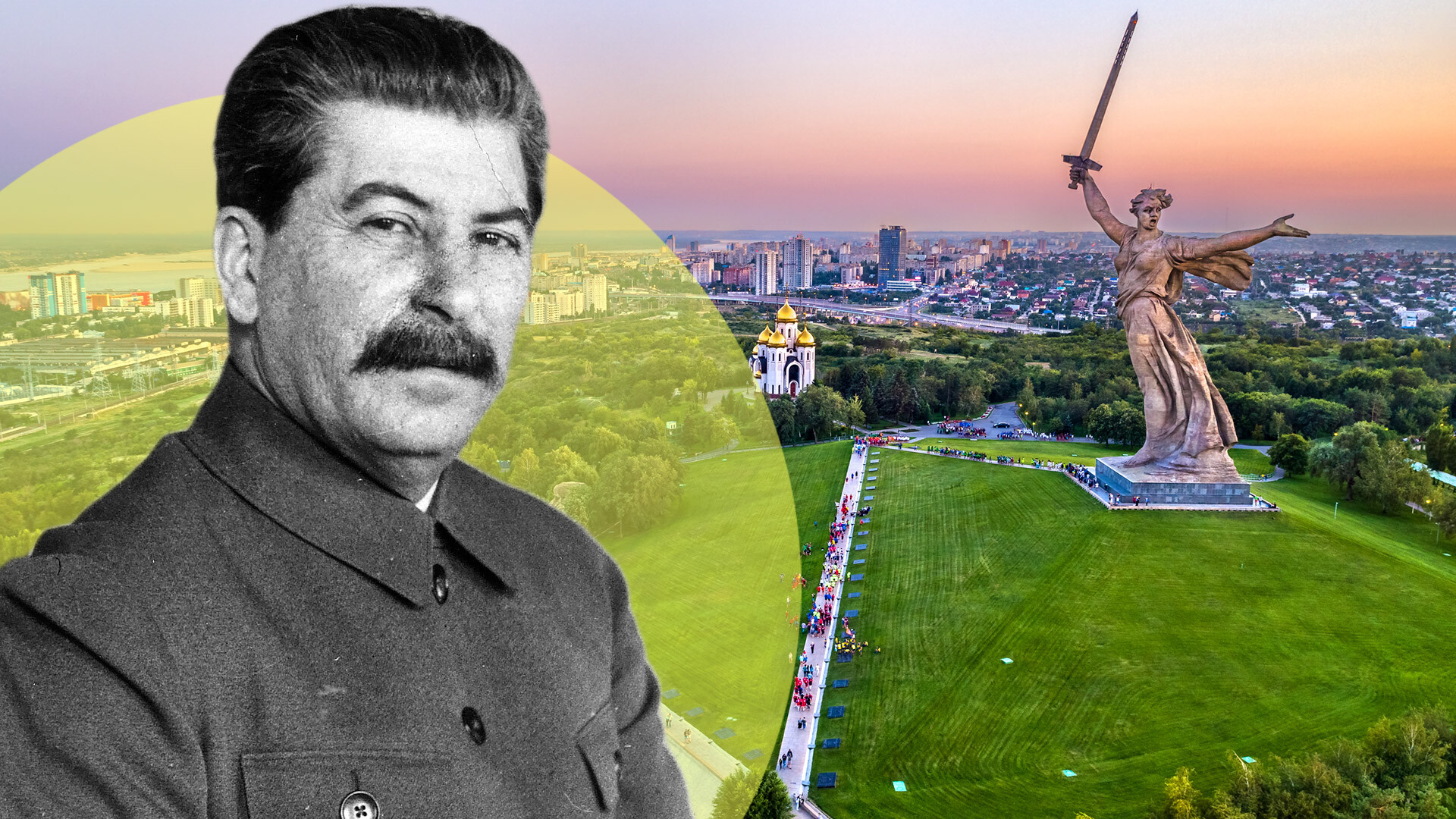
In 1924, Joseph Stalin launched a mass campaign of renaming cities whose titles harked to the imperial era. Supposedly, “by the request of ordinary people”, many cities and small towns across the Soviet Union were renamed after Stalin while he was still alive.
For sure, the most famous city named after Stalin was Stalingrad, which is known for one of the biggest and bloodiest battles of World War II. Before 1925, the city was known as Tsaritsyn (literally “the city of the tsarina”). After 1961, when the cult of Stalin's personality was denounced, this city, just like many others, was also renamed. Since then, it bears the name of Volgograd.
From the 1930s to 1961, the Siberian city of Novokuznetsk in the Kemerovo Region was called Stalinsk; Novomoskovsk in Tula Region was called Stalinogorsk; and Dushanbe, the capital of the Tajik Soviet Republic, was called Stalinabad. In 1924, the modern-day Donetsk, which was located on the territory of Soviet Ukraine, was renamed to Stalin and then Stalino. Originally, it was called Yuzovka after its founder, the Welsh businessman John Hughes, who developed metal works there during the imperial era.
(Did you know that Stalin's real last name was Dzhugashvili?)
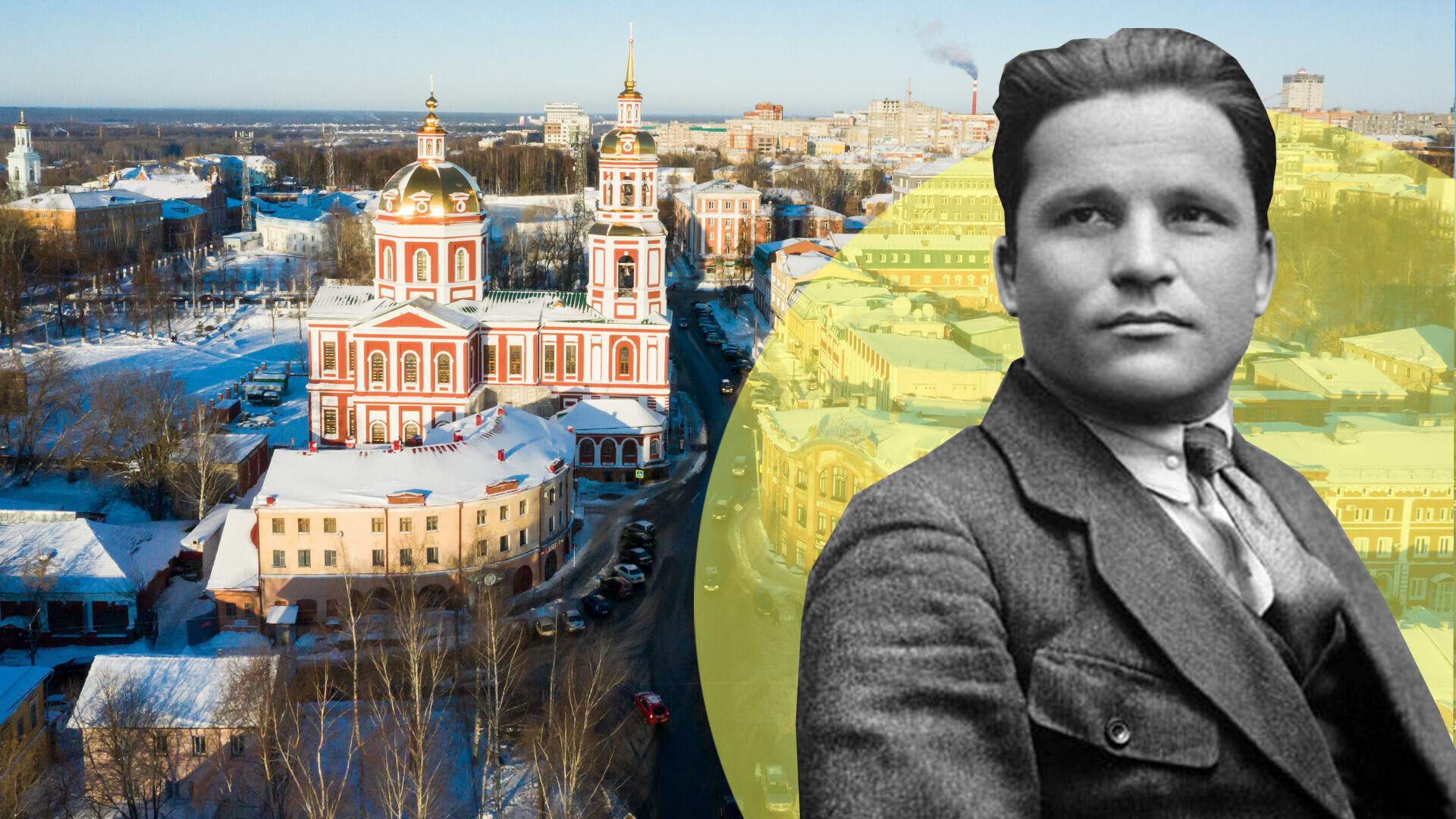
One of Stalin's closest friends and fellows, Sergei Kirov, was originally among the Communist Party elite and the country’s top officials. He was very popular inside the Party, as well as among the people. In 1934, Kirov was shot dead outside his office in Leningrad. His murder was followed by a wave of repressions and executions of anyone who fell under suspicion, and it marked the start of the Great Terror in the USSR. From 1934 until this day, the old Russian city of Vyatka bears the name Kirov, because the murdered Bolshevik official was born in a small town nearby.
The Azerbaijani city of Ganja was named Yelisavetpol during the Russian Empire, but from 1935 to 1989 it had the name Kirovabad.
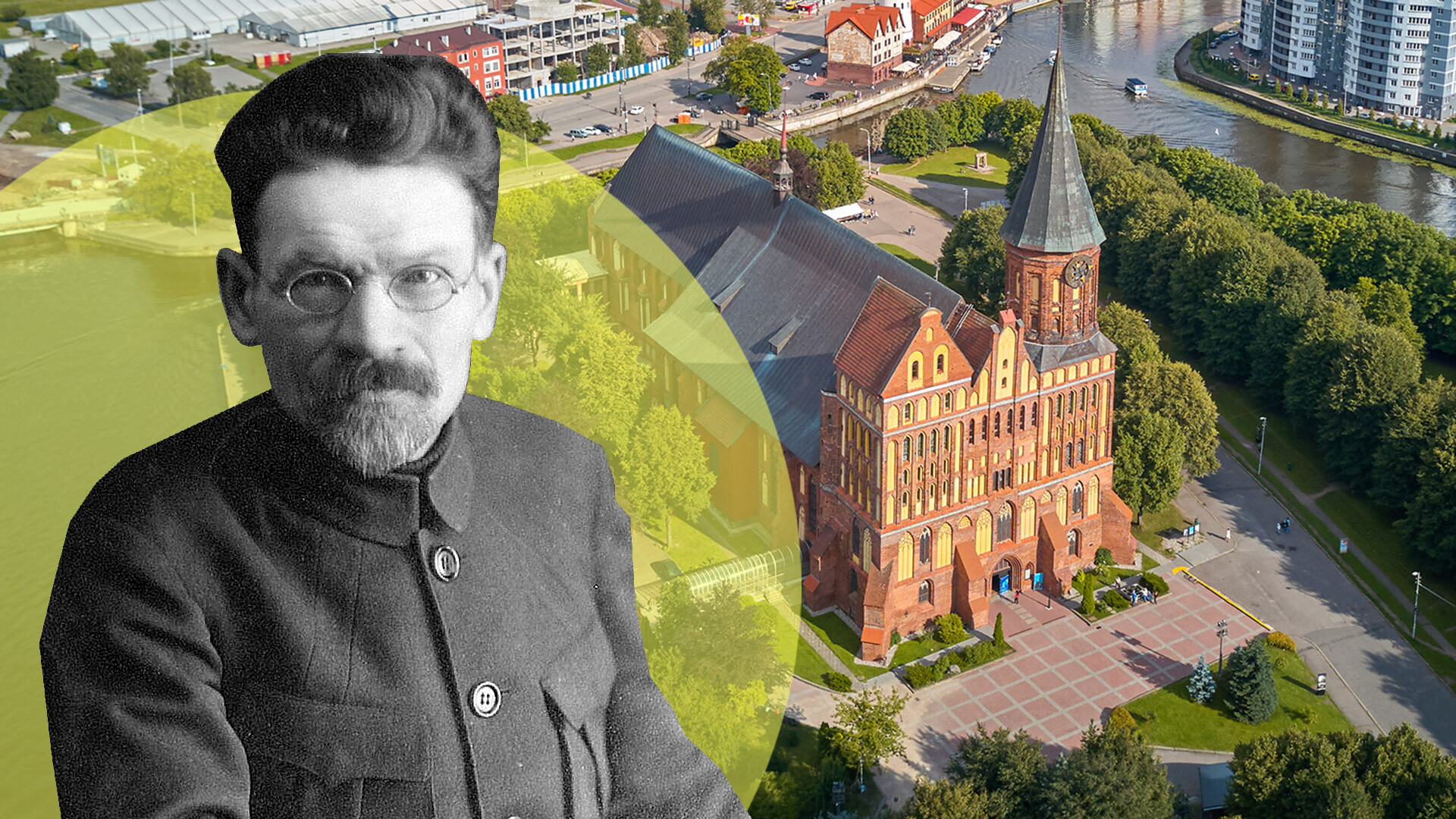
For many years Mikhail Kalinin was among the top officials of the Soviet Union, heading the Presidium of the Supreme Soviet, the USSR's Central Executive Committee, as well as head of the RSFSR (which was how Russia was known as a region of the Soviet Union). As an old Bolshevik, Kalinin was well-known and beloved by the nation.
In 1946, the former East Prussian city of Königsberg, which became part of the Soviet Union after World War II, was renamed Kaliningrad in honor of Kalinin who had just passed away. Today, the city still bears this name.
However, two cities were named after Kalinin while he was alive. There was another 'Kaliningrad' in the Moscow Region - the space center town now known as Korolyov held that name from 1938 to 1996. Also, the medieval Russian city of Tver was called Kalinin from 1931 to 1990, because the old Bolshevik was born in the Tver Region.
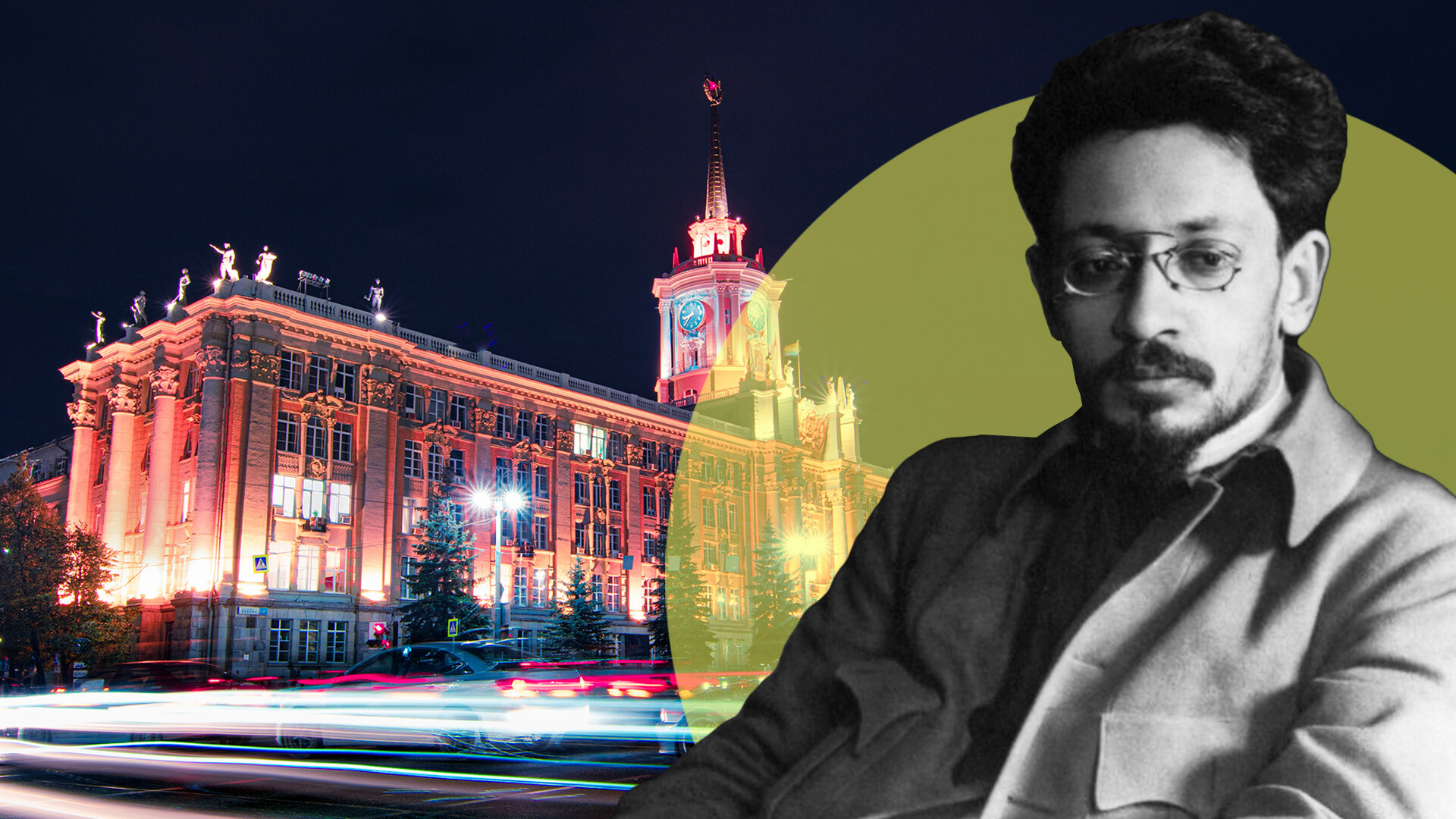
The veteran revolutionary and Bolshevik Yakov Sverdlov wasn’t originally from Yekaterinburg - he was born in Nizhny Novgorod (His brother, Zinovy Sverdlov-Peshkov, was the godson of Maxim Gorky and later, a French legionnaire and friend of Charles de Gaulle). However, Yakov Sverdlov lived in Yekaterinburg and started his illegal Bolshevik revolutionary activity there in the early 1900s, and then spent time in a Yekaterinburg prison. In 1919, Sverdlov died during the influenza pandemic.
Yekaterinburg was founded by Peter the Great and named after his wife, Catherine I, so the city certainly needed a name change in the minds of the Bolsheviks. In 1924, the city council decided to name the city after Sverdlov. In 1991, the city was renamed back to Yekaterinburg, but the territory outside the city continues to be called Sverdlovsk Region.
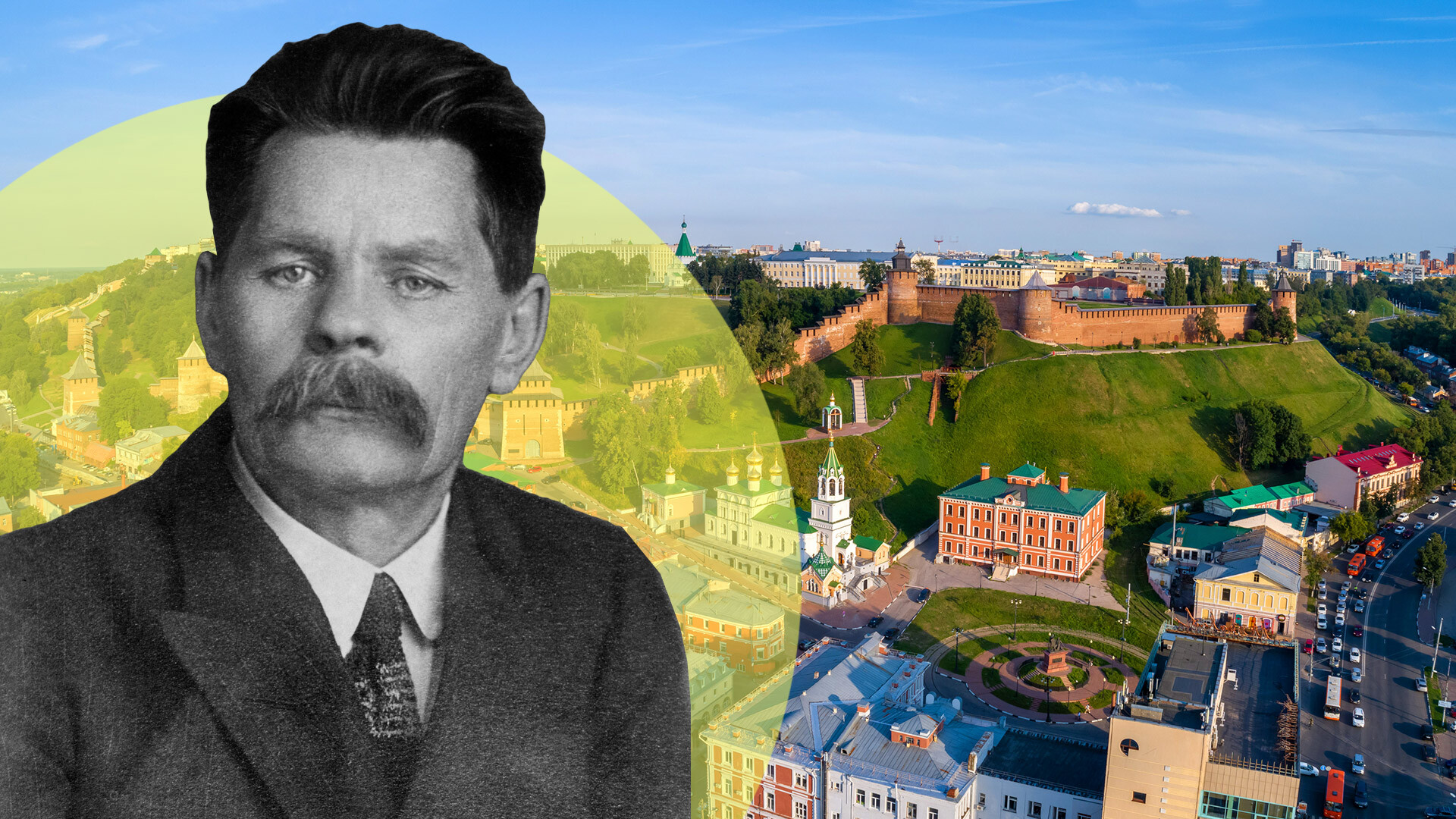
One of the most famous Soviet proletarian authors, Maxim Gorky was born in Nizhny Novgorod and often depicted the city in his autobiographical novels. Commemorating the 40th anniversary of his literary career in 1932, the Soviet authorities decided to honor him by changing Nizhny Novgorod to Gorky, even though he was against the idea (Gorky was actually his pen name). Subsequently, thousands of streets, squares and parks around the Soviet Union were also named in honor of Gorky. Nizhny Novgorod got its historical name back only in 1990.
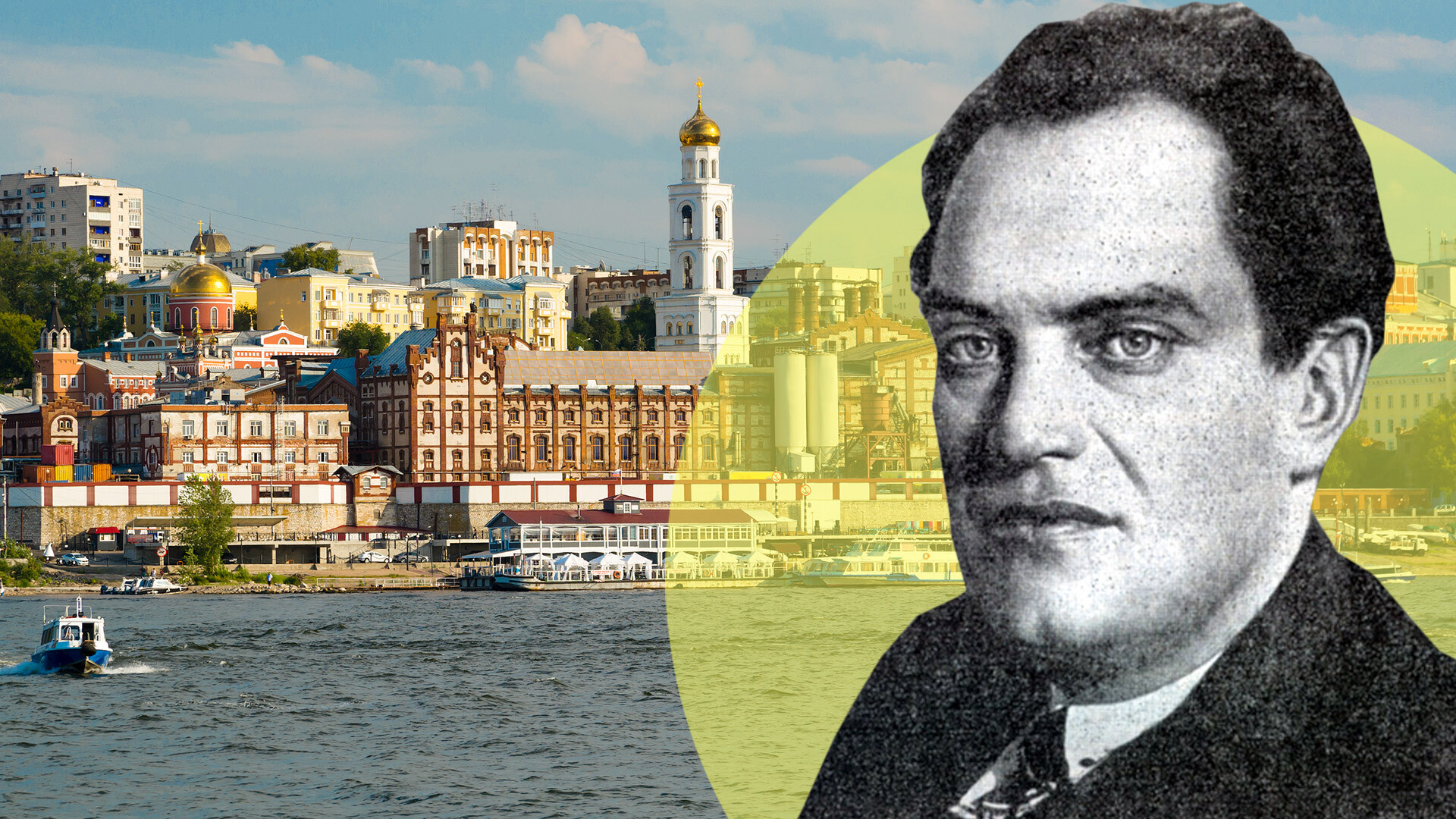
This Bolshevik was a nobleman in the imperial era. His father was an officer, and Kuybyshev also enrolled in a military school where he met the future communist revolutionaries and joined their illegal club. In 1905, he was arrested for taking part in anti-government rallies. The place of his exile, the Siberian town of Kainsk, was named Kuybyshev after his death in 1935. During the 1917 Revolution, Kuybyshev was in charge of setting up Soviet power in the city of Samara on the Volga River, where he once was a city parliament deputy. From 1935 to 1991, the city of Samara was called Kuybyshev, alongside many other cities (today’s Bolgar in Tatarstan Republic) and dozens of villages.
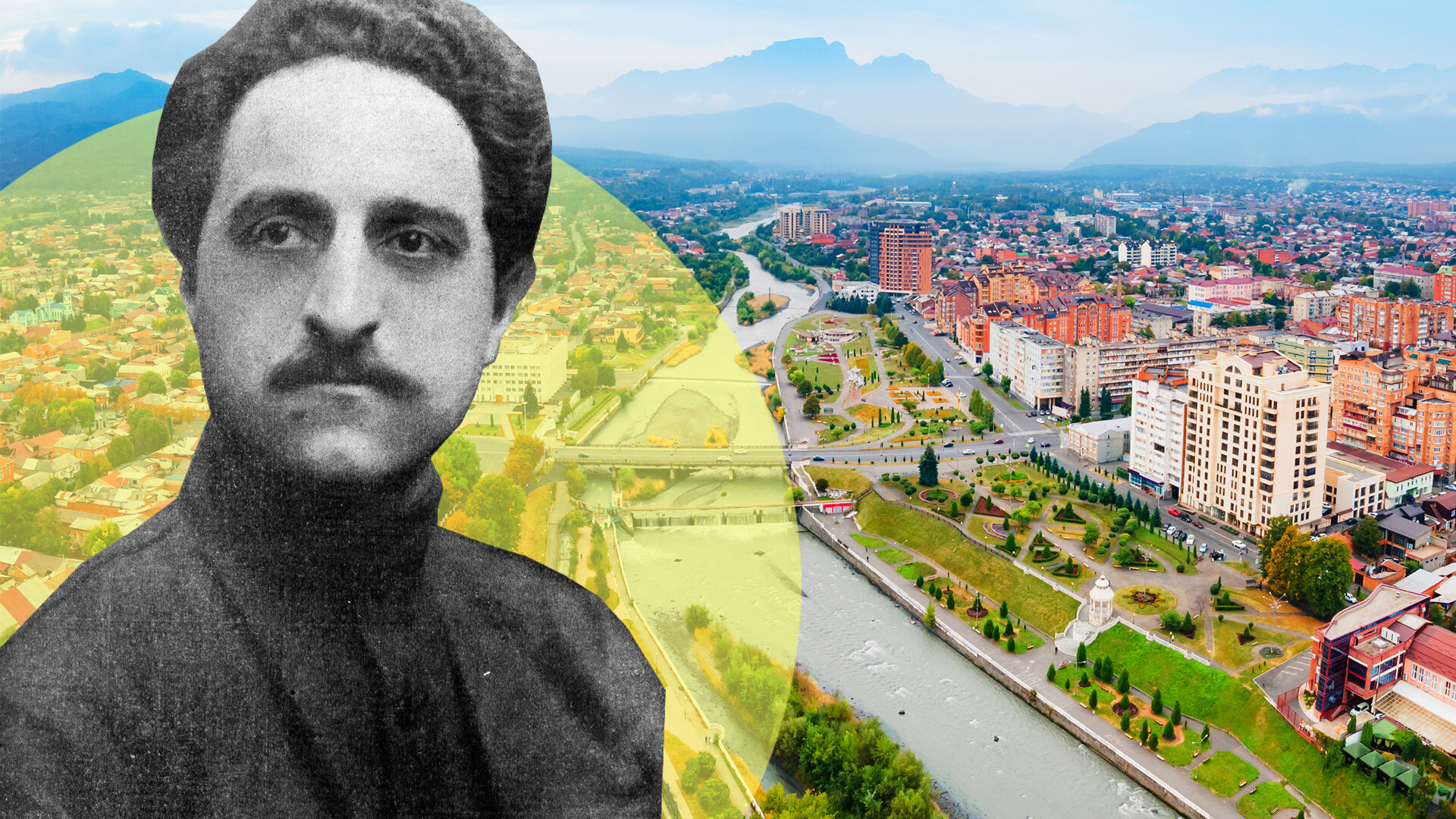
A nobleman by origins, Sergo Ordzhonikidze was a long-term Bolshevik, though he perished in the Great Purge of 1937. During the Civil War he was in charge of Red Army communication with the entire south of the former empire, including Crimea and the Caucasus region.
Georgian by ethnicity, he was one of Stalin's best friends and one of the Soviet Union’s top officials. From 1931 to 1944, the North Ossetian city of Vladikavkaz bore the name Ordzhonikidze to commemorate the fact that he helped establish Soviet power there. Subsequently, dozens of villages and towns around the Soviet Union were also called Ordzhonikidze, as well as the city Yenakievo and Pokrov in the Ukrainian SSR.
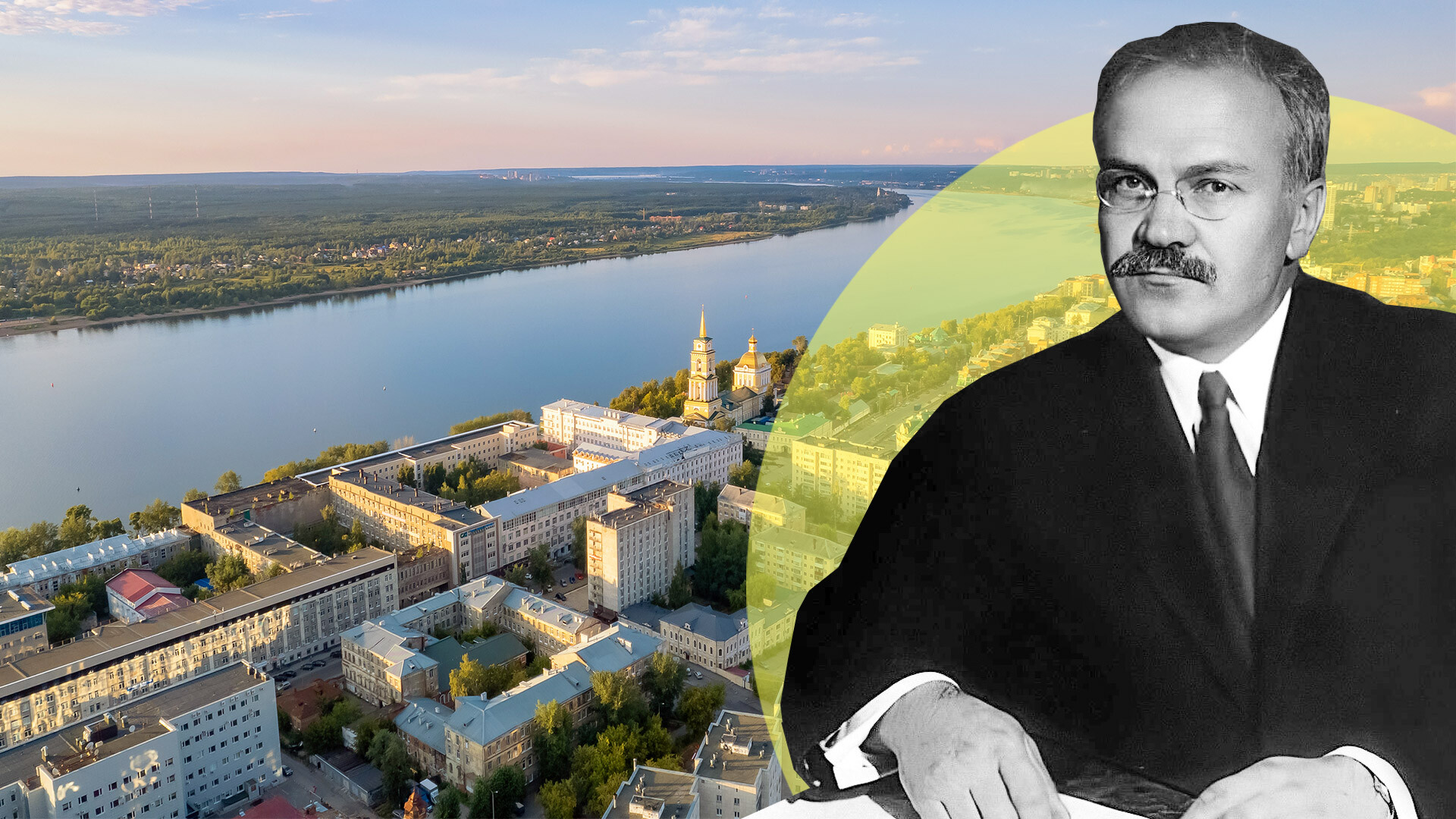
This powerful man is another rare example of a Bolshevik who survived all the turbulent times starting with the 1917 Revolution, Stalin's purge in 1937, and World War II, and still managed to retain his position among Soviet top officials even after Stalin's death (living almost 100 years). For a long time he was in charge of foreign affairs and signed the German–Soviet Non-Aggression Pact in 1939, which is also known as the Molotov–Ribbentrop Pact.
In 1940, the Ural city of Perm was renamed Molotov to mark Molotov’s 50th birthday, but in 1957, the city was given back its historical name. From 1940 to 1957, the town of Nolinsk in Kirov Region, where Molotov’s parents were from, also took the name Molotov. A long list of other places are today still called Molotovo, Molotovsk and Molotovsky. By the way, the Molotov cocktail is named after him.
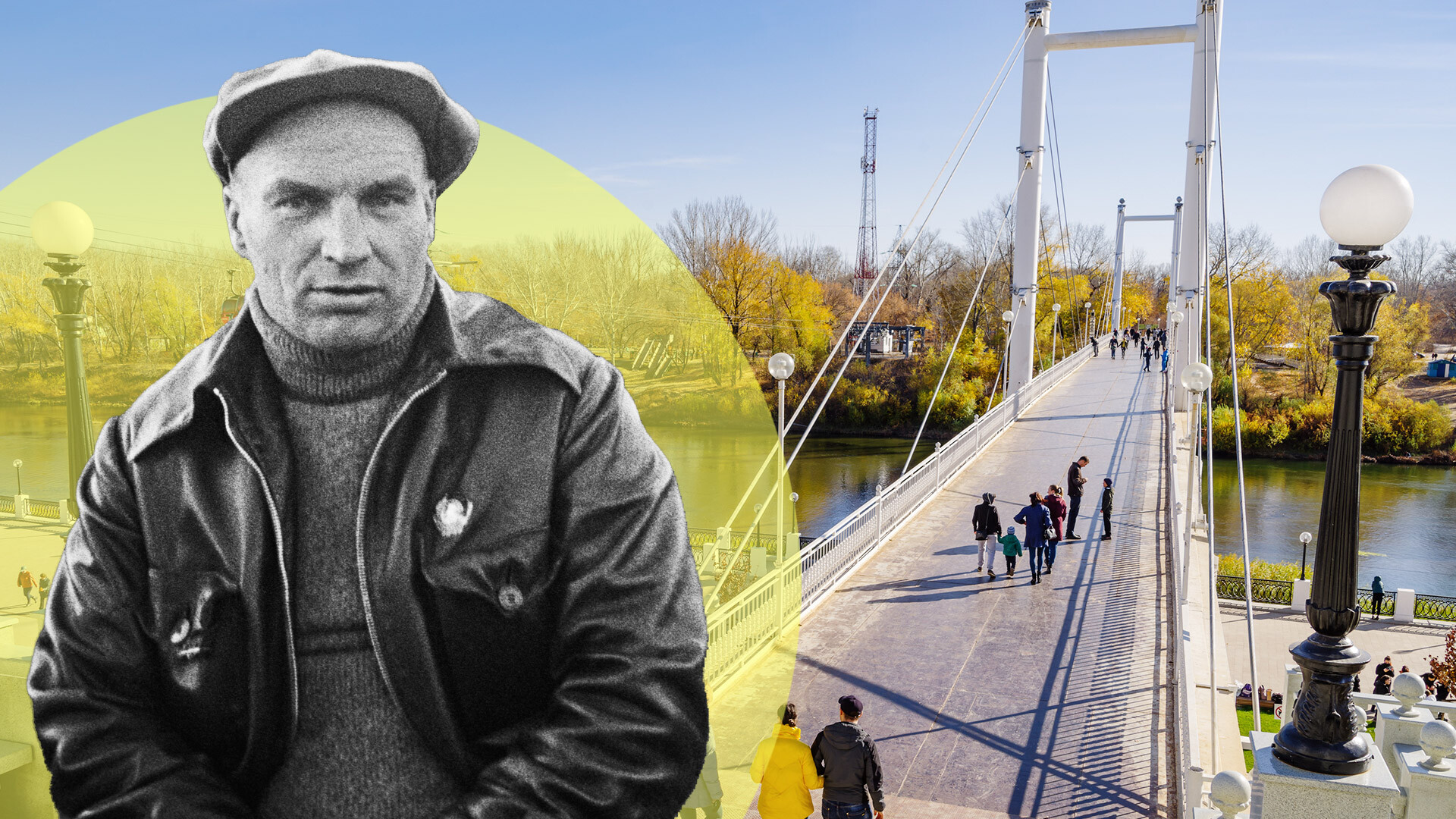
Valery Chkalov was a pilot and Soviet hero who is most famous for making the first non-stop flight from Moscow to America over the North Pole in 1937. He tragically died during a test flight in 1938. From that time on his native town Vasilevo in the Nizhny Novgorod Region has been called Chkalovsk. Even today, common names for towns across Russia include Chkalov, Chalovsk and Chkalovsky. From 1938 to 1957 the city of Orenburg was called Chkalov, while there is also Chkalov Island in the Sea of Okhotsk.
Dear readers,
Our website and social media accounts are under threat of being restricted or banned, due to the current circumstances. So, to keep up with our latest content, simply do the following:
If using any of Russia Beyond's content, partly or in full, always provide an active hyperlink to the original material.
Subscribe
to our newsletter!
Get the week's best stories straight to your inbox